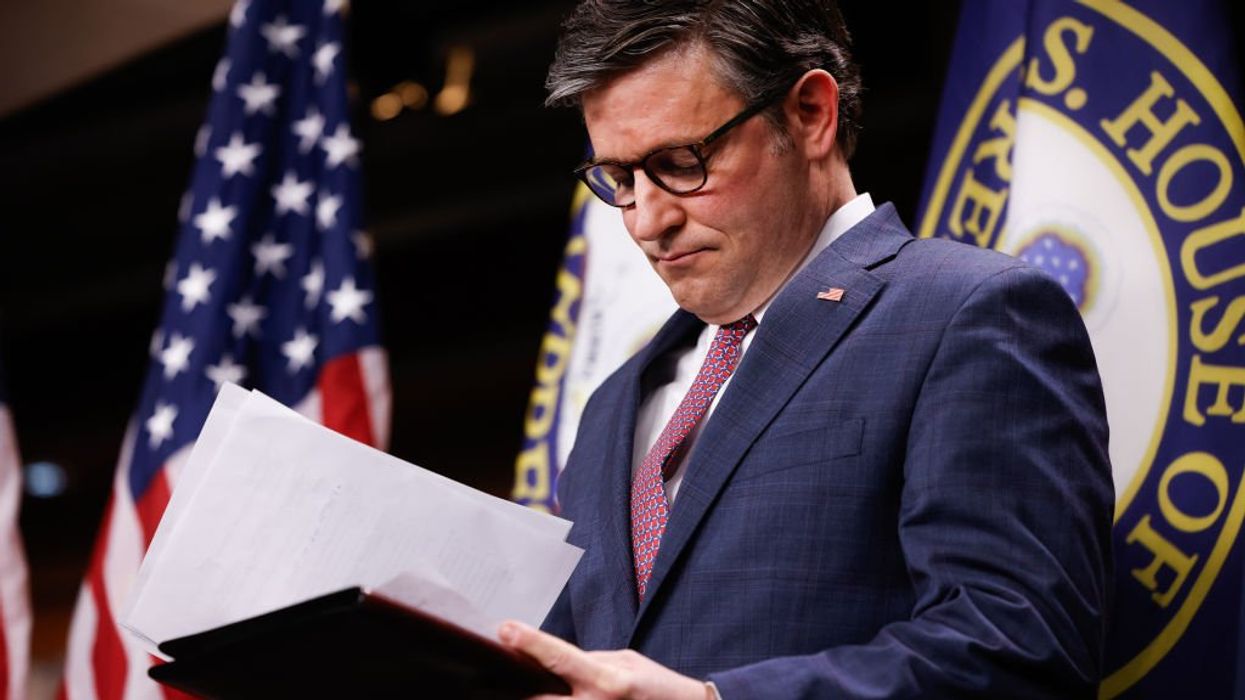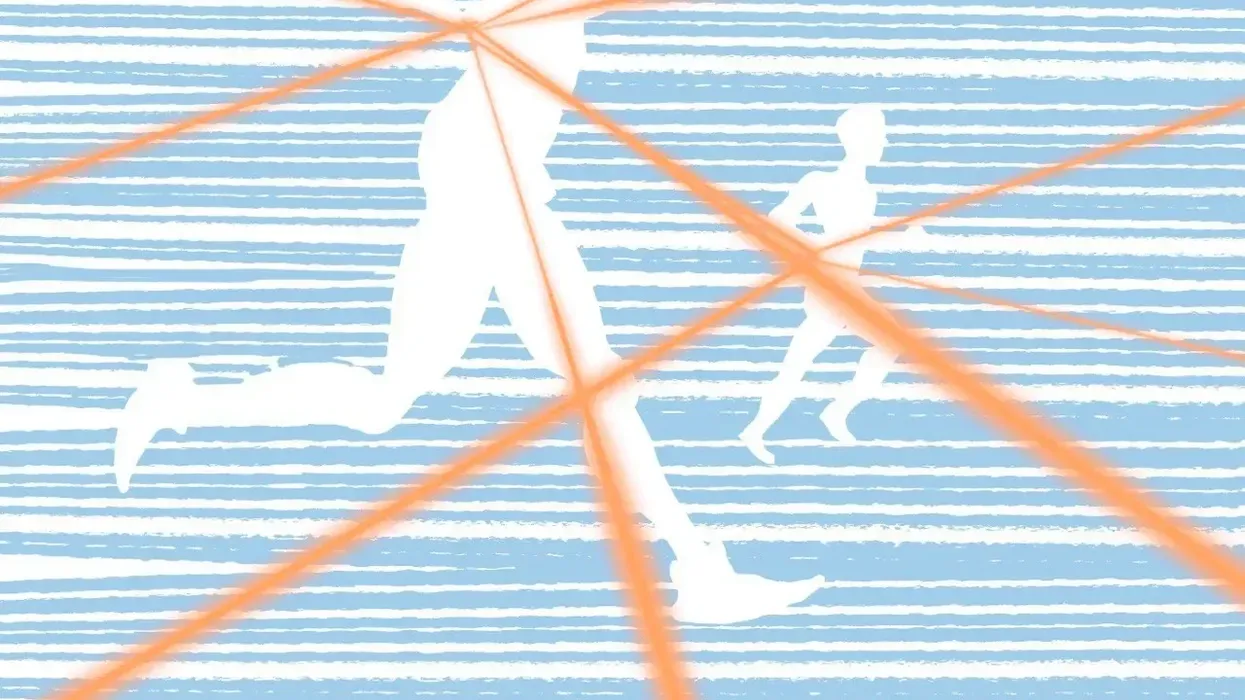Roughly 1,500 kids are tied up or locked down every day by school officials in the United States.
At least 500 students are locked up in some form of solitary confinement every day, whether it be a padded room, a closet or a duffel bag. In many cases, parents are rarely notified when such methods are used.
On any given day when school is in session, kids who “act up” in class are pinned facedown on the floor, locked in dark closets, tied up with straps, bungee cords and duct tape, handcuffed, leg shackled, tasered or otherwise restrained, immobilized or placed in solitary confinement in order to bring them under “control.”
In almost every case, these undeniably harsh methods are used to punish kids for simply failing to follow directions or throwing tantrums. Very rarely do the kids pose any credible danger to themselves or others.
Unbelievably, these tactics are all legal, at least when employed by school officials or school resource officers (a.k.a. police officers) in the nation’s public schools.
 Amy Lawson, a fifth-grade teacher at Silver Lake Elementary School in Middletown, Del., helps student Melody Fritz with an English language arts lesson Oct. 1, 2013. (AP Photo/Steve Ruark)
Amy Lawson, a fifth-grade teacher at Silver Lake Elementary School in Middletown, Del., helps student Melody Fritz with an English language arts lesson Oct. 1, 2013. (AP Photo/Steve Ruark)
For example, in what may be the youngest example of a child being restrained in this way, in October 2014, a 4-year-old Virginia preschooler was handcuffed, leg shackled and transported to the sheriff’s office after reportedly throwing blocks and climbing on top of the furniture. School officials claim the restraints were necessary to protect the adults from injury.
In New York, “school safety agents” tied a 5-year-old ADHD student to a chair with Velcro straps as a punishment for throwing a tantrum in class. Police officers claim the straps were necessary because the boy had tried to bite one of the adults.
A 6-year-old kindergarten student in a Georgia public school was handcuffed, transported to the police station, and charged with simple battery of a schoolteacher and criminal damage to property for throwing a temper tantrum at school.
A second-grader in Arizona who suffers from ADHD was duct-taped to her chair after getting up to sharpen her pencil too often.
Kentucky school officials placed a 9-year-old autistic student in a duffel bag as a punishment acting up in class. Turns out, it wasn’t the first time the boy had been placed inside the “therapy bag.”
An 11-year-old special needs student had his hands cuffed behind his back and was driven home in a police car after refusing to come inside after recess and acting in an out of control manner by “passively” resisting police officers.
Unfortunately, these are far from isolated incidents.
 Photo Credit: David Mercer/AP
Photo Credit: David Mercer/AP
According to a ProPublica investigative report, such harsh punishments are part of a widespread phenomenon plaguing school districts across the country. “Most [incidents] of restraints and seclusions happen to kids with disabilities—and are more likely to happen to kids with autism or emotional/behavioral problems.”
In 2012 alone, there were more than 267,000 attempts by school officials to restrain or lock up students using straps, bungee cords, and duct tape.
At least 500 students are placed in “Scream Rooms” every day (there were 104,000 reported uses of scream rooms in a given year). For those unfamiliar with the term, a “scream room” is an isolated, unmonitored, locked room—sometimes padded, often as small as four-feet-by-four-feet—which school officials use to place students in seclusion. As psychiatrist Keith Albow points out, “Scream rooms are nothing but solitary confinement, and by extension, that makes every school that uses them a prison. They turn principals into wardens and make every student an inmate.”
Schools acting like prisons. School officials acting like wardens. Students treated like inmates and punished like hardened criminals.
This is the end product of all those so-called school “safety” policies, which run the gamut from zero tolerance policies that punish all infractions harshly to surveillance cameras, metal detectors, random searches, drug-sniffing dogs, school-wide lockdowns, active-shooter drills and militarized police officers.
Paradoxically, instead of making the schools safer, school officials have succeeded in creating an environment in which children are traumatized. Indeed, all signs point to the fact that these tactics are not working and “should never be used for punishment or discipline.”
Unfortunately, in an age that values efficiency, expediency and conformity, it’s often faster and easier to “lock down” a kid who won’t sit still, won’t follow orders, and won’t comply.
Certainly, this is a mindset we see all too often in the American police state.
So what’s the answer, not only for the here-and-now—the children growing up in these quasi-prisons—but for the future of this country? How do you convince a child who has been routinely handcuffed, shackled, tied down, locked up, and immobilized by government officials—all before he reaches the age of adulthood—that he has any rights at all, let alone the right to challenge wrongdoing, resist oppression and defend himself against injustice?
Most of all, as I point out in my book "A Government of Wolves: The Emerging American Police State," how do you persuade a fellow American that the government works for him when for most of his young life, he has been incarcerated in an institution that teaches young people to be obedient and compliant citizens who don’t talk back, don’t question and don’t challenge authority?
Clearly, the pathology that characterizes the American police state has passed down to the schools. Now in addition to the government and its agents viewing the citizenry as suspects to be probed, poked, pinched, tasered, searched, seized, stripped and generally manhandled, all with the general blessing of the court, our children in the public schools are also fair game.
What can be done?
Without a doubt, change is needed, but that will mean taking on all of the unions and corporations that profit mightily from an industrial school complex.
As we’ve seen with other issues, any significant reforms will have to start locally and trickle upwards. For a start, parents need to be vocal, visible and organized and demand that school officials 1) adopt a policy of positive reinforcement in dealing with behavior issues; 2) minimize the presence in the schools of police officers and cease involving them in student discipline; and 3) insist that all behavioral issues be addressed first and foremost with a child’s parents, before any other disciplinary tactics are attempted.
If we do not rein in the police state’s influence in the schools now, the future to which we are sending our children will be nothing less than brutal.
–
TheBlaze contributor channel supports an open discourse on a range of views. The opinions expressed in this channel are solely those of each individual author.


 Amy Lawson, a fifth-grade teacher at Silver Lake Elementary School in Middletown, Del., helps student Melody Fritz with an English language arts lesson Oct. 1, 2013. (AP Photo/Steve Ruark)
Amy Lawson, a fifth-grade teacher at Silver Lake Elementary School in Middletown, Del., helps student Melody Fritz with an English language arts lesson Oct. 1, 2013. (AP Photo/Steve Ruark)
 Photo Credit: David Mercer/AP
Photo Credit: David Mercer/AP


